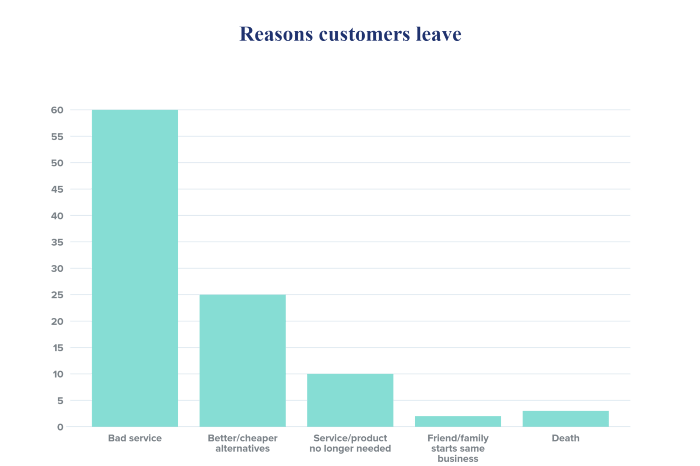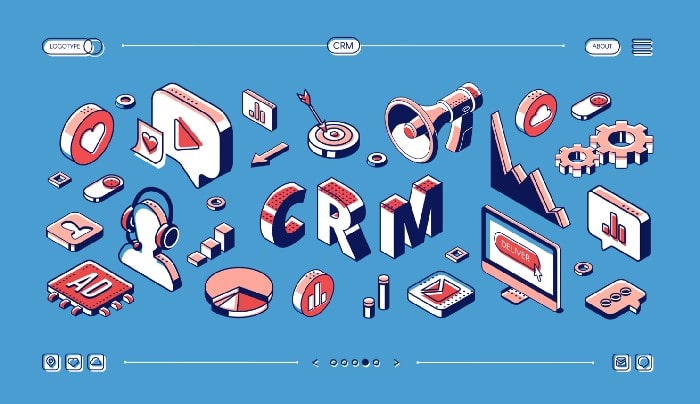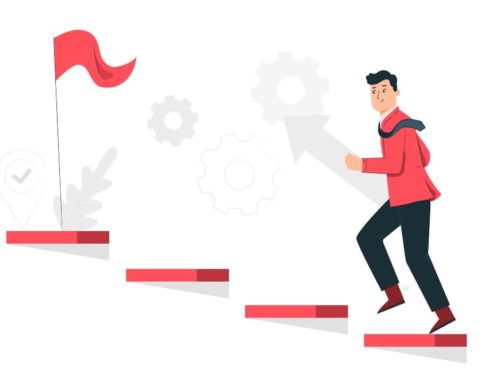For any business, be it a startup with a small team or an established entity with teams spread across line of businesses, one priority is common and that is to reach more customers and increase revenue.
To achieve this, businesses focus majorly on generating new leads and then try convert them into new customers who choose their products or services over competitors.
This excessive focus on gaining new customers often leads businesses to forget or neglect the needs of their existing customers who have been there with them for a short or a long period of time.

Though we keep hearing from global business leaders that its economical to retain existing customers than gaining new ones. This is true for a number of reasons.
According to Marketing Metrics, the success rate of sales conversion to an existing client is 60–70%, while the success rate of a sales conversion to a new customer is only 5–20% only.
Still businesses around the world fail to address this resulting in most of them failing or burning out within a short period of time.

One common mistake most of the businesses commit is assuming that their customers enjoy their products or services and hence will stay forever. This pitfall has seen businesses failing and falling many a times.
So, lets understand why customers leave and what can be done to retain them.

Here you can evaluate yourself the main reasons why customers leave businesses. The two major reasons being bad or no after sales service and availability of better products in the market.
So, how can you make sure that more and more of your existing customers continue to use your products and services and how can you stop them from leaving?
Well, the answer is stronger strategies towards customer retention, client engagement, loyalty offers and improvisation or innovation in products and services. Following the below mentioned strategies, a business can enjoy customer loyalty for a longer period of time:
Know your customers
The most easiest way to retain a customer is to understand what they really want and what makes them use your services. At times, businesses fail to read hints given by their customers and as a result they lose them to their competitors. This is also known as customer churn.

In order to keep a track of each customer’s warnings, behavior and reasons of satisfaction or dissatisfaction, businesses can make use of CRM tools available in the market. You don’t need to spend thousands of bucks to implement CRM tools in your business operations.
CRM helps keep track of anything and everything related to each customer and helps businesses analyse their patterns in the form of reports.
Reward them for their loyalty
It is never easy to maintain every single customer in your business happy and satisfied at any given time. There will always be some who will be considered as detractors. What so ever the situation is, businesses should never shy away from offering deals, discounts and other special offers to their existing customers.

A CRM tool can help you keep a track of all such offers, customer’s payment history and spreading the word across using its promotion and campaign features.
All a business needs to do is find ways to revive that customer-business relationship.
Regular and personalised follow-ups
A business can revive their relationship with a customer by constantly staying in touch with them in the form of regular follow ups to ensure their customers are not facing any issues using their products or services and evaluate their satisfaction index.

This actually helps in understanding a customer in a better way as you get an opportunity to convert an upset customer into a happy one. This process is often referred to as Net Promoter Score analysis.
This analysis helps businesses understand the reasons for customers leaving or promoting a business.
By doing regular and personalized follow ups, businesses can ensure their customers with friendliness, comfort and familiarity of doing business with them.
Value their feedback and admit your mistakes
Often the businesses go through service downtime which results in bad experience to the end user. Such incidents are part and parcel of a business only if they occur rarely. Regular gaps in service means that the business has no control over its own processes.
This may give a wrong signal to the customer. However, whenever they give any feedback, appreciate them for taking out their valuable time.

However, for rare instances it becomes really important for businesses to keep their customers updated.
Businesses should step into the shoes of their customers, think accordingly, empathize, apologize and avoid future mistakes as much as possible.
For unavoidable mistakes, businesses should always be ready to apologize and letting customers know that the business is grateful for their loyalty.
Conclusion: Even though acquiring new customers and markets seems more attractive, retaining the existing ones doesn’t harm. On the other hand it helps improving the overall business revenue and market image. So instead of cutting costs on other important aspects, business leaders should focus primarily on how they can cut costs by driving strategies around customer retention because no matter what but showing some gratitude to your loyal precious promoters always goes a long way.
There are a plenty of CRM solutions available which can help you effectively exercise your customer retention strategies.

